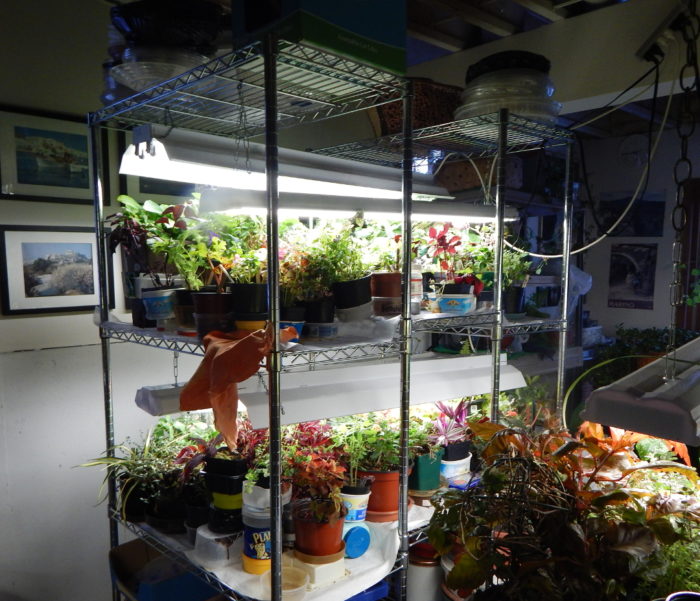
What You Should Keep in Mind for Efficient Basement Gardening
Basement indoor gardens can be an amazing way to bring nature indoors. Setting one up can be accomplished easily; all it takes are a few key actions. While it can be challenging to create successful indoor gardening practices due to humidity issues and drafts, there are numerous solutions for dealing with any gardening-related challenges you face.
Indoor gardens can add color and fresh herbs to any home, as well as becoming a great hobby. After researching, gardening will become part of your life within minutes! Healthy plants make for longer enjoyment, while newcomers may even discover a passion for the craft! Read this post here to explore a few things to remember when planting an indoor garden in a basement.
Basement Gardening: Considerations.
If you want to convert your basement into a greenhouse, acclimation will help.
Get the correct temperature in your basement before sowing seeds of weeds; this will allow your plants to adapt better when they eventually move outdoors. Basement gardens make an attractive addition to any home and keep your yard green during the cold winter months.
Considerations must be given to ventilation, airflow, and temperature when planning a cellar environment.
Basements can become cold and drafty without proper ventilation, making basement gardens even more challenging to care for than normal. A good soil mixture should serve as the basis of any successful basement garden, while weather checking should ensure its success.
Installing timers to regulate water and lighting will make your basement garden even more spectacular. Make sure the area remains free from pests and bugs, and repot plants as needed. Add outdoor lighting for an even greater ambiance in a greenhouse environment!
Light up a basement greenhouse with outdoor lighting.
Setting up outdoor lighting for an indoor greenhouse in your basement may prove challenging, given that its damp environment and lack of windows make finding enough light difficult. There are various methods available to illuminate a basement greenhouse.
Before installing plants in your basement, ensure they are dry and free from drafts. Furthermore, make sure the area is warm by installing a humidifier for around $35 to keep humidity at an optimum level – this will maintain humidity levels in your plants’ soil. At the same time, at night, a small fan will help them grow faster!
Once you have created the ideal conditions, potted plants in containers are easy. Once purchased, you can purchase additional plants for your garden, such as gladiolas, begonias, orchids, and ferns, which do well in greenhouse environments; lettuce radishes or any other leafy greens could also thrive there.
Based on Your Preference, Select Plants Accordingly
At first, it may be tempting to purchase your plants quickly. After all, adapting to their new home quickly could save money and ensure that no plants die during the assembly of things. Before introducing your plants into your basement environment, be sure to prepare them in such a way as to accommodate as many as possible.
Once your arrangement is well-ventilated and warm, you can begin shopping and potting plants for your basement garden. Drainage-friendly soil and containers are essential; choosing your lighting accordingly makes selecting plants simple!
Fertilizing Your Plants
To prevent spider mite infestation in basement or greenhouse gardens, plants must receive essential nutrients in order to thrive and ward off spider mite infestation. The type of plant being grown will determine how much fertilizer should be applied.
Indoor plants need extra concentrated nutrients for optimal growth. You can accomplish this when watering by adding liquid fertilizer directly to the water source or gradually using granular fertilizer to feed your plants over an extended period.
Vegetables and herbs make an excellent starting point. These plants need a humid, warm environment to thrive, so ensure your basement has enough air circulation by installing a fan; this will help move air around while protecting it from disease.
Combining sterile peat, vermiculite, and compost makes the ideal potting soil. Biodegradable with drainage holes for proper drainage. Furthermore, make sure it remains damp but not soggy for optimal performance.
Final Thoughts
With proper maintenance and investment of some money, your basement can become an oasis of green to help ease wintertime blues. It is possible to add more complicated components, such as metal shelves, once satisfied with the results; however, be careful because more detailed projects become increasingly difficult to discontinue!







